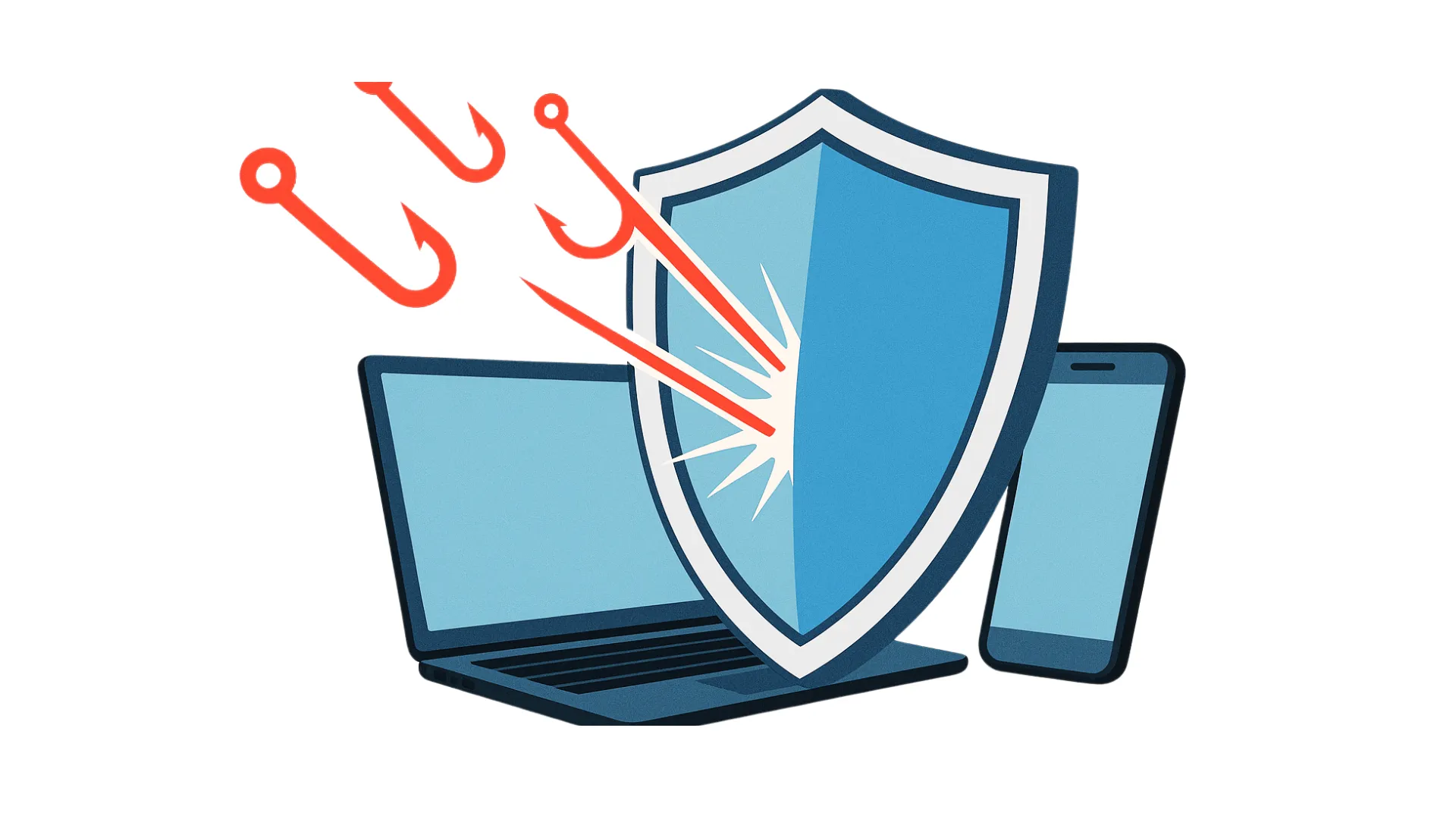As a business owner, you already know the importance of planning. Without a strategy, you have no clear direction. But how much time do you dedicate to your business’s IT strategy? If the answer is “not much,” it’s time for a change.
Your IT is one of your most powerful tools for growing your business, keeping your team productive, and delivering an excellent customer experience. A formal IT strategy ensures this tool is working for you effectively. It provides a plan for how your technology will support you now, grow with you in the future, and help you reach your goals faster.
If you have never created an IT strategy before, or it has been a while, these are the key elements you must include.
Aligning IT with Your Business Goals
Your IT infrastructure should work seamlessly alongside your business operations. It must complement everything you do and make achieving your business goals easier.
Consider your plans. Will you need new tools to support your sales pipeline? Does your IT infrastructure accommodate future partnerships or acquisitions? You must also consider the different needs of each department within your business.
Defining Roles, Responsibilities, and Timelines
Next, you must decide who is responsible for delivering your IT strategy. Will it be managed in-house, or will you partner with an external expert?
Internally, you need to assign who will oversee the plan and liaise with any external partners. It is also critical to set timelines. As with any business plan, you need short-term and long-term goals to keep the strategy on track.
Auditing Your Current Infrastructure
Before you can plan for the future, you must understand your current situation. How is your existing IT infrastructure working for you right now? What are the pain points? What systems are critical to your operation?
Speaking with people in different departments during this phase is a good practice. What works for one team may be a roadblock for another. An effective audit identifies these issues so you can tailor a new infrastructure that works for everyone.
Developing a Technology Roadmap
A technology roadmap is a detailed plan of your entire IT architecture. This includes your hardware, software, cloud services, and any other tools you utilize. This plan should be broken down by department to see how all the pieces fit together.
If you need assistance with this step, a good IT support partner can provide expert recommendations on the best technology to fit your needs and budget.
Measuring Success with the Right KPIs
An IT infrastructure must be functional and cost-effective. The ultimate goal of strategic changes is to bring a tangible benefit to your business. You need a way to measure this success.
Review your current Key Performance Indicators (KPIs) and forecast how they should improve with your changes. Be realistic and allow time for your team to adapt to new tools and processes. The right KPIs will not only measure performance but will also help you identify issues before they affect your end users.
Build Your IT Strategy with an Expert Partner
Creating a comprehensive IT strategy is a significant undertaking, but it is one of the most valuable investments you can make in your business’s future.
You do not have to do it alone. Procision is a strategic IT partner for Australian businesses, helping you build and implement a technology roadmap that aligns with your goals and drives growth.
Contact Procision today for a strategic IT consultation.


